Starting a vegetable garden later in life can be incredibly rewarding — a gentle form of exercise, a source of fresh food, and a calming connection to nature. But not all veggies are created equal, especially if you’re looking for low-effort, high-reward results. Some crops practically grow themselves, while others demand constant attention and patience.
Whether you’re gardening for health, joy, or just a bit of sunshine and soil between your fingers, it’s smart to start with plants that are easy to grow, forgiving, and productive. Skip the drama — your garden should work for you, not the other way around.
In this article, you’ll find 10 vegetables that are ideal for first-time gardeners over 60, plus 7 that might be more trouble than they’re worth. If you’re planting with ease and enjoyment in mind, this list is your perfect starting point.
Lettuce
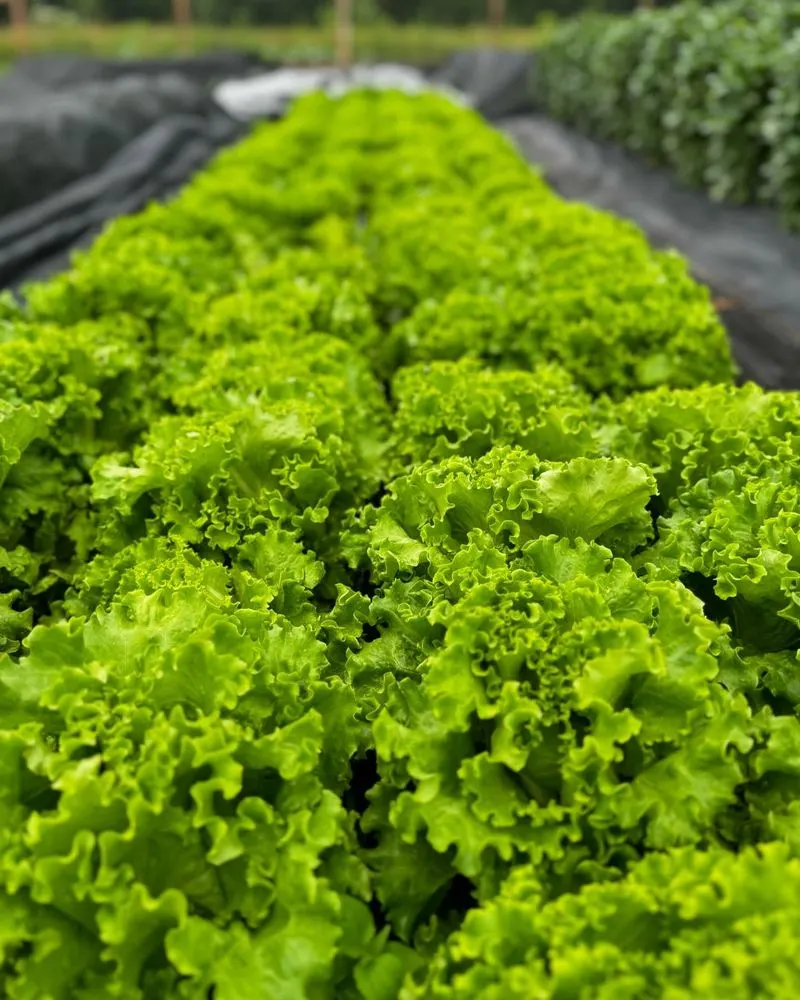
Lettuce is a fantastic choice for newcomers to gardening, offering a simple cultivation process. Its seeds germinate quickly, often within a week, and require little more than regular watering and partial sunlight. The joy of snipping fresh leaves for a salad is quite fulfilling.
As a cool-weather crop, it thrives in spring and fall, making it a versatile addition to your garden. With varieties like Romaine and Butterhead, you can savor different textures and flavors. Lettuce is not just easy but a delightful start to your gardening journey.
Radishes
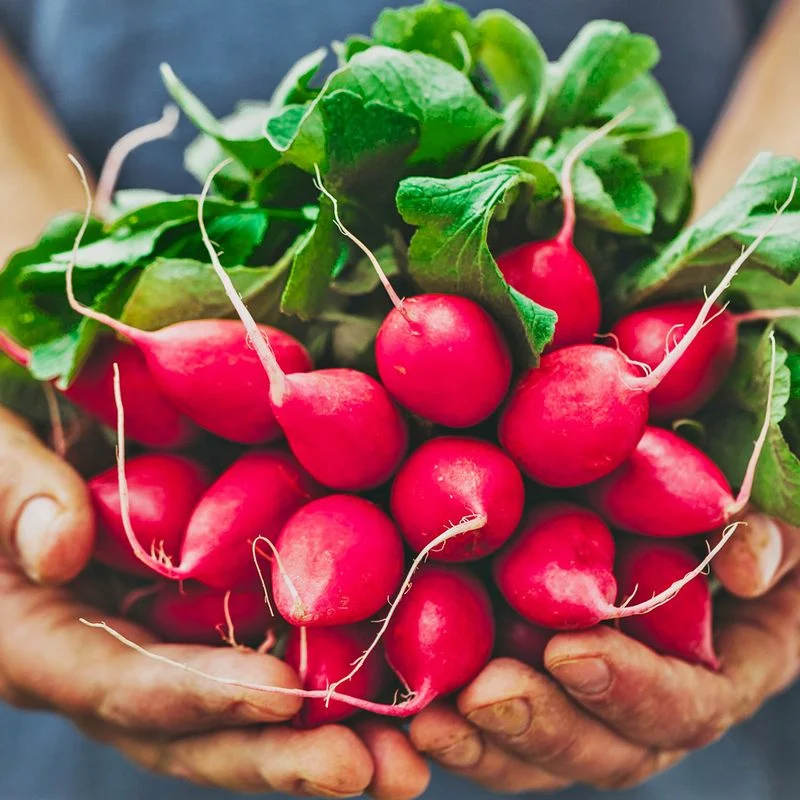
Radishes are the sprinters of the vegetable world, reaching maturity in just about 30 days. This quick turnaround offers the thrill of a speedy harvest. Additionally, they require minimal space, perfect for smaller gardens or even container growing.
Their vibrant red or pink skins add a splash of color to your garden plot. Known for their peppery bite, radishes can liven up any dish. Whether you’re slicing them for a salad or pickling them for later, these root vegetables bring zest and simplicity to your gardening experience.
Zucchini
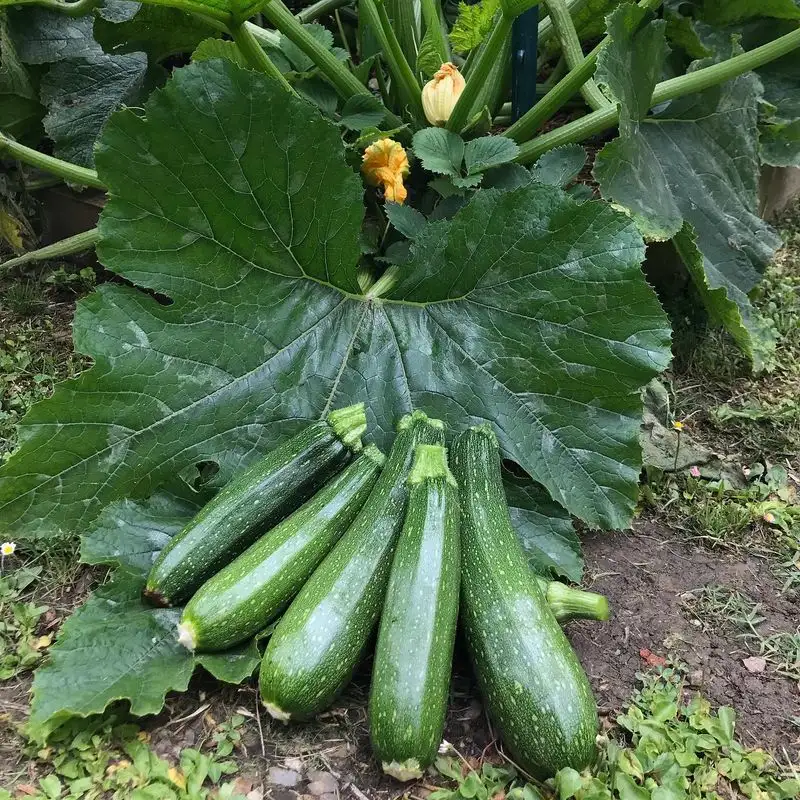
Those looking for abundant harvests should consider zucchini. These prolific plants are known for producing a generous yield, often surprising gardeners with their bounty. Even as a novice, you’ll likely find success with zucchini due to its robust nature.
This summer squash prefers warm weather and needs space to sprawl, yet requires minimal attention once established. Its tender fruits can be grilled, baked, or sautéed, offering culinary flexibility. Zucchini is an embodiment of garden generosity, making it a rewarding choice for those new to gardening.
Carrots
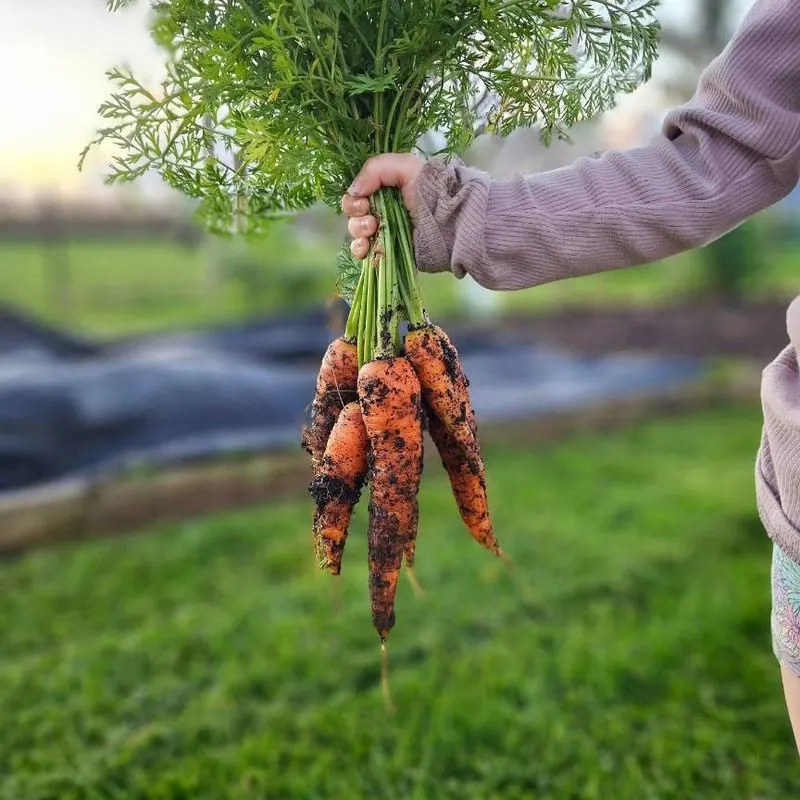
Carrots, with their sweet crunch, are a staple in many gardens. Their seeds, though tiny, lead to a satisfying harvest of vibrant roots. A loose, sandy soil ensures they develop straight and long, free from obstacles.
Patience is key, as carrots can take a couple of months to reach full maturity. Yet, the anticipation adds to the joy of gardening. Various colors and shapes, from traditional orange to purple and yellow varieties, offer diversity. Plant carrots, and you’ll be rewarded with both taste and visual appeal in your garden.
Spinach
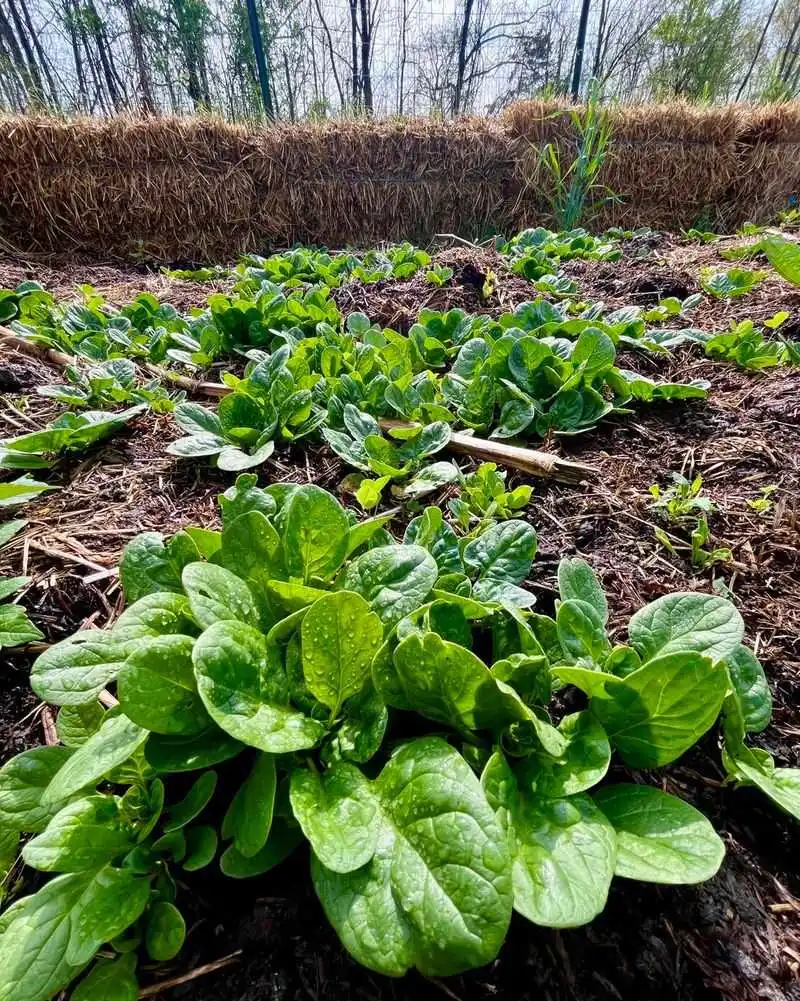
Spinach offers a nutritional punch, packed with iron and vitamins, and is surprisingly easy to grow. It flourishes in cool weather, making it ideal for both spring and fall planting. Quick to sprout, spinach can be harvested multiple times during its growing season.
Regular watering and occasional thinning are all it takes to maintain a healthy crop. Its tender leaves can be used in salads, smoothies, or cooked dishes. Growing spinach not only feeds the body but also satisfies the need for an uncomplicated gardening experience.
Green Beans
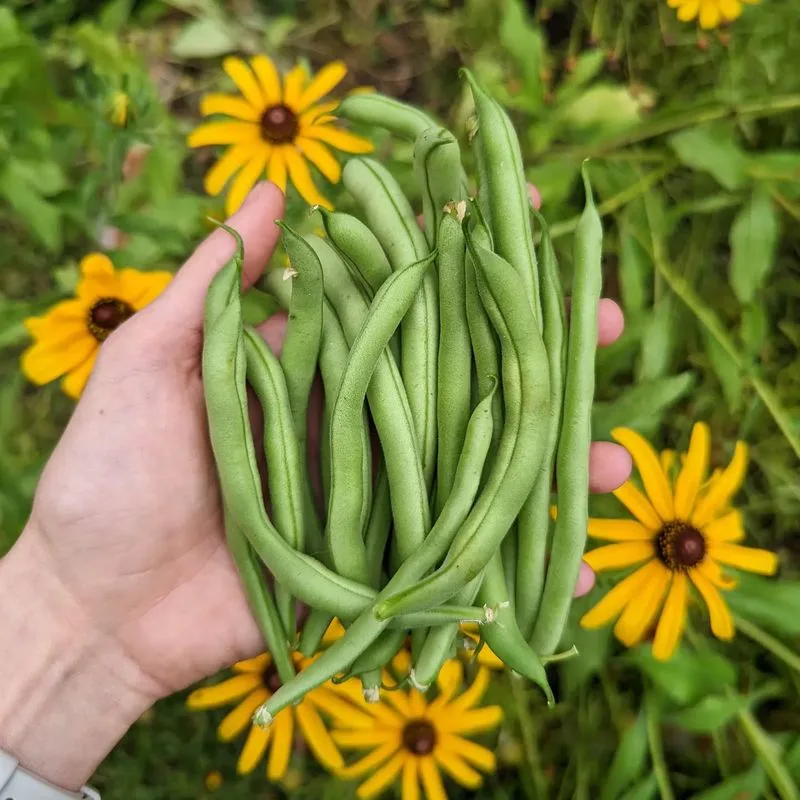
Green beans are a staple in many backyard gardens, known for their climbing nature and prolific yields. Starting from seeds, these plants quickly cover trellises, making them both functional and ornamental.
With minimal care, they provide an ongoing harvest throughout the summer. Whether you choose bush or pole varieties, green beans offer versatility in the kitchen, from steaming to stir-frying. Their crispness and flavor make them a favorite among gardeners, and their ease of growth ensures success for first-timers.
Peas
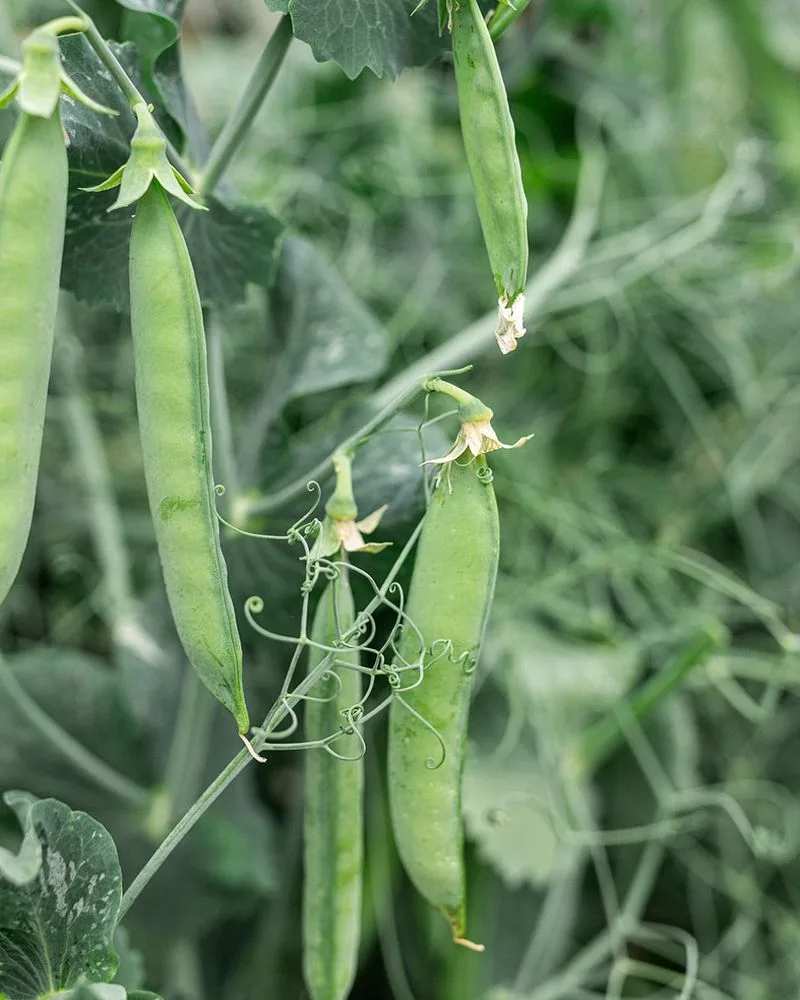
Peas, with their sweet pods, are a delight to grow. They thrive in cool weather and can be planted early in the spring. Their climbing habit means they require support, but this is easily managed with stakes or trellises.
Harvesting peas is a treat, as their pods can be eaten straight from the plant. The process is simple enough for beginners yet rewarding enough to entice more seasoned gardeners. Peas bring both nutrient-rich yields and a touch of sweetness to your gardening efforts.
Potatoes
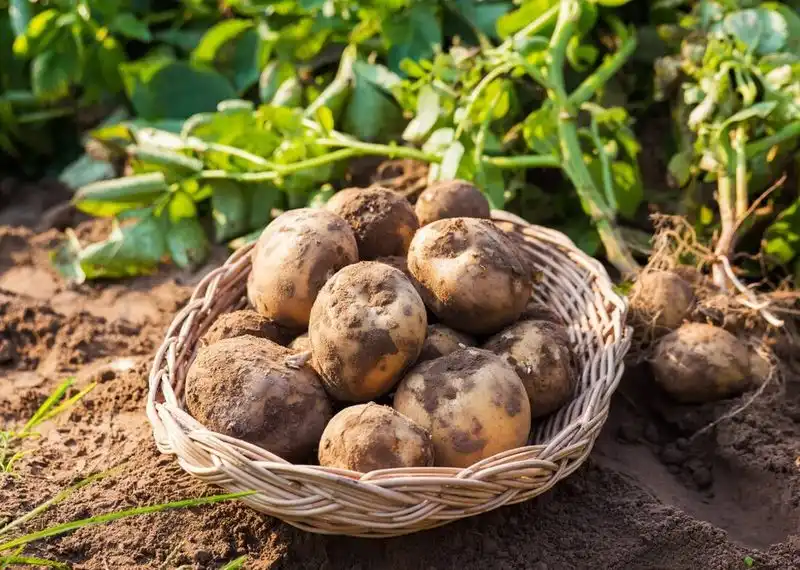
Potatoes offer a sense of discovery, as their tubers develop hidden beneath the soil. Planting seed potatoes in loose, well-drained soil leads to bountiful harvests. Their growth doesn’t demand constant attention, making them a low-maintenance crop.
As the plants mature, their leaves begin to yellow, signaling it’s time to dig up your treasure. Potatoes are versatile in the kitchen, whether baked, boiled, or fried. Their ease of cultivation and culinary flexibility make them a cherished choice for newcomers to the gardening world.
Cucumbers
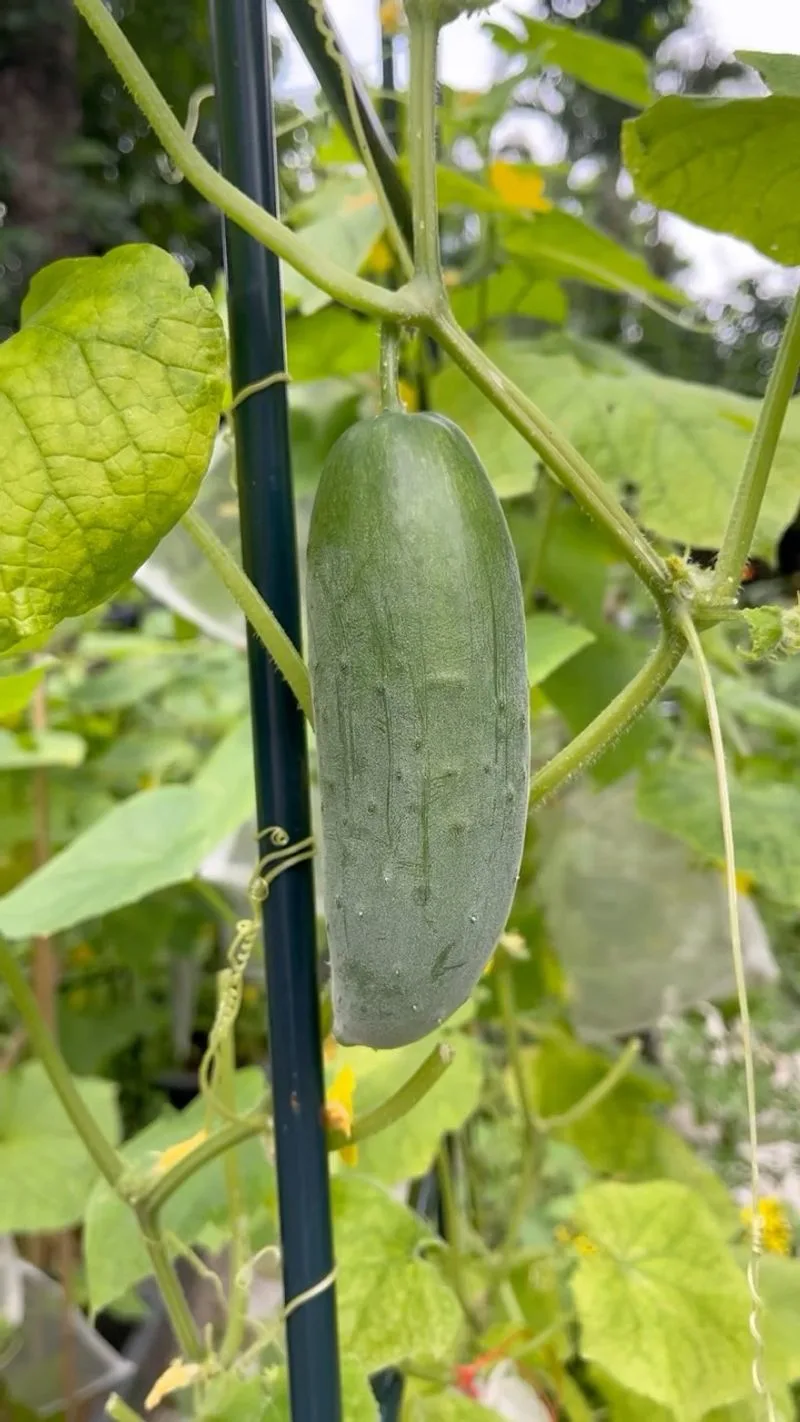
Cucumbers are synonymous with summer and are known for their refreshing crunch. Whether grown on a trellis or allowed to sprawl, they fit well in any garden layout. They prefer warm weather and consistent watering.
Their rapid growth means you’ll have cucumbers ready for salads and pickling in no time. The satisfaction of picking a ripe cucumber is matched by its versatility in the kitchen. Their crisp texture and cool flavor make cucumbers a rewarding endeavor for those new to gardening.
Beets
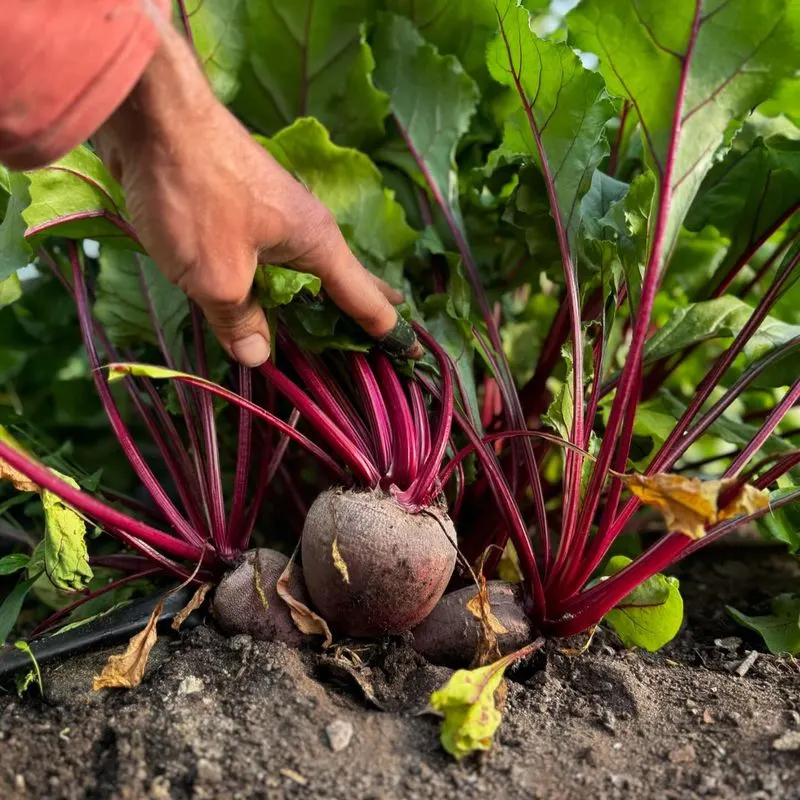
Beets bring a burst of color to your garden and provide both edible roots and greens. They thrive in cooler temperatures and can be planted in early spring or fall. Their seeds are easy to sow directly into the soil.
With minimal fuss, beets grow quickly and are ready to harvest in a couple of months. Their earthy flavor complements many dishes, whether roasted or pickled. Beets offer a delightful combination of beauty and utility, making them a worthwhile addition to any garden.
Celery
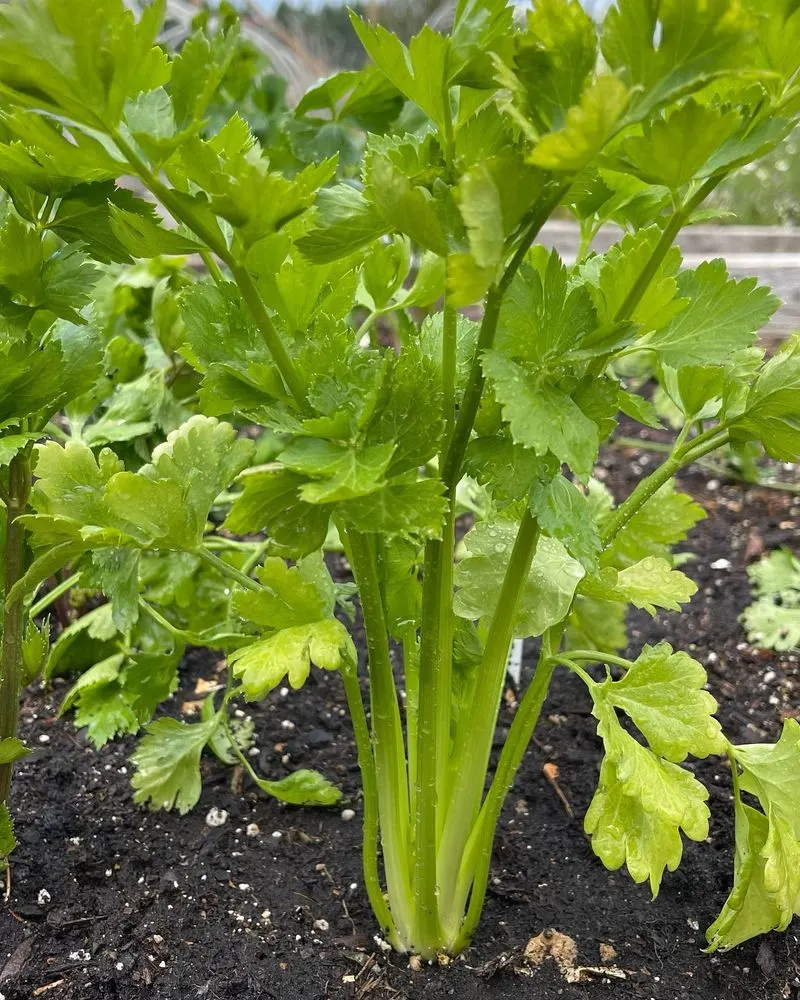
Celery can be a puzzle for new gardeners due to its lengthy growing season and need for consistent moisture. Mastering its cultivation takes patience, as it requires a long, cool growing period.
Rich, well-draining soil and regular watering are essential for healthy growth. Despite its demands, celery rewards with crisp stalks perfect for salads and soups. The challenge lies in maintaining even soil moisture, making it a tougher choice for beginners but a satisfying one for those willing to give it a go.
Eggplant
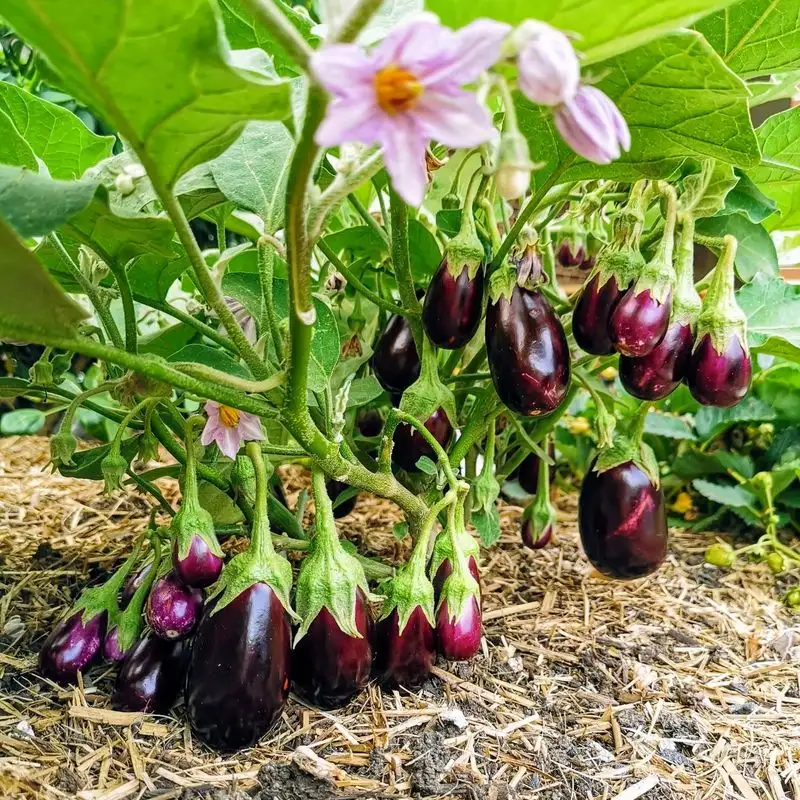
Eggplants can be a test of skill for novice gardeners. They require warm temperatures and plenty of sunlight to thrive, making them a better choice for those in warmer climates.
The plants need staking to support their heavy fruit and benefit from regular feeding. While they may demand more attention, eggplants offer a unique addition to your cooking repertoire with their rich flavor. For those ready to take on a bit more challenge, eggplants promise a rewarding but challenging gardening experience.
Cabbage
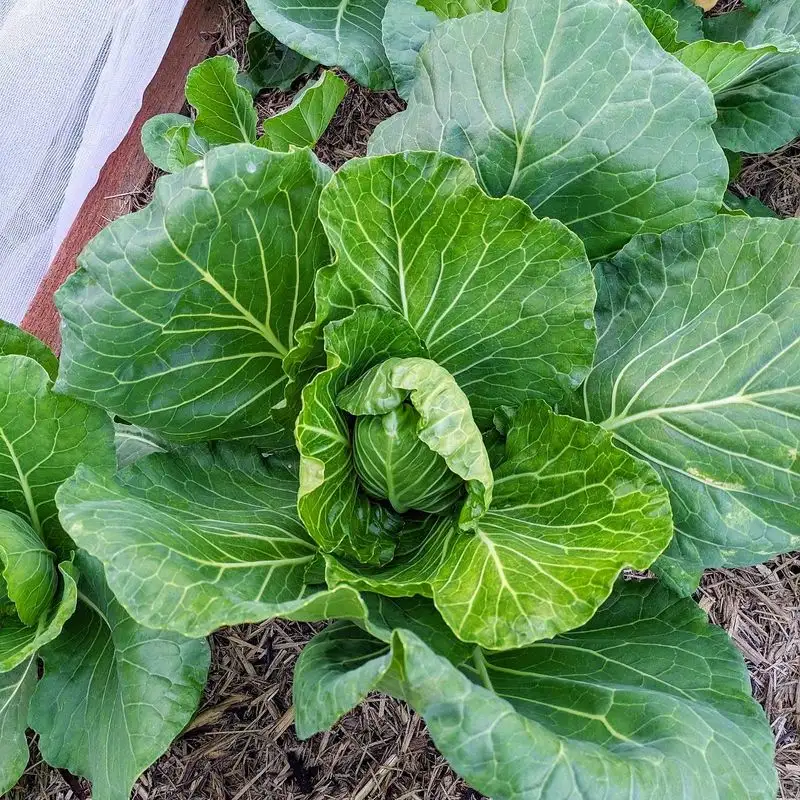
Cabbage presents a challenge with its susceptibility to pests and diseases. Ensuring a healthy crop means vigilance in pest control and maintaining optimal soil conditions.
Cool weather suits cabbage growth, but it requires attention to detail. Its large, leafy heads are versatile in the kitchen, from salads to stews. Those willing to monitor their garden closely can enjoy the rewarding experience of seeing a cabbage head form. The effort is substantial, yet the payoff can be equally gratifying.
Cauliflower
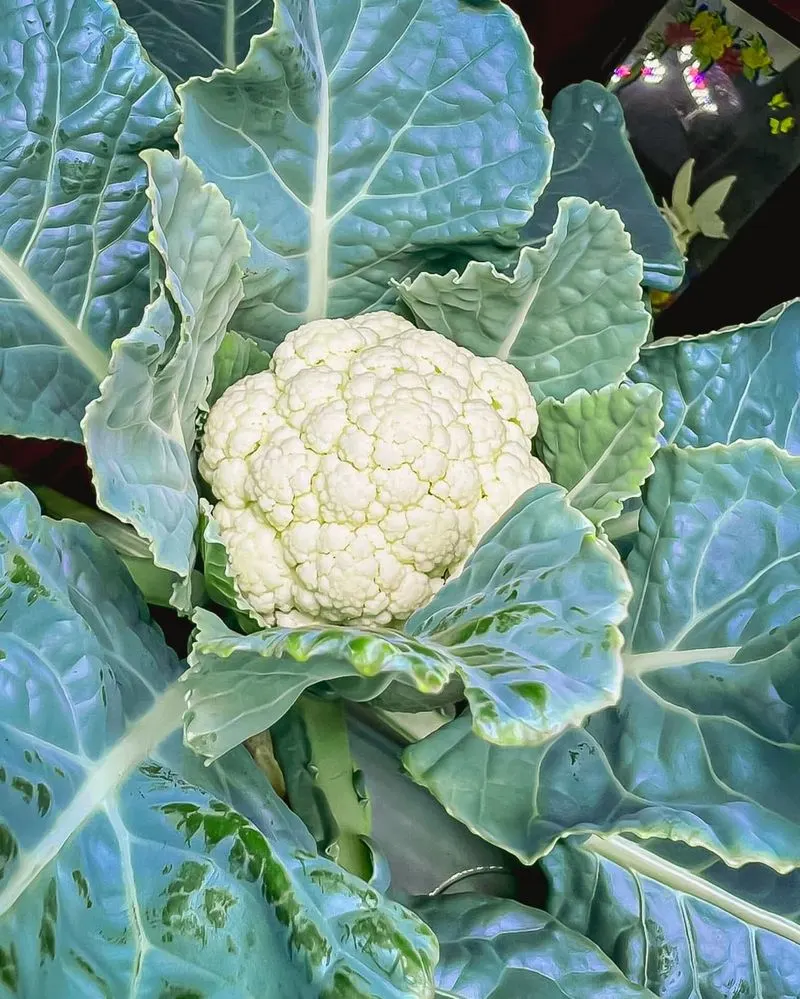
Cauliflower demands precision in care, making it a tricky choice for beginners. It thrives in cool temperatures but needs consistent care to protect against pests and weather fluctuations.
Blanching the heads by tying leaves over them helps maintain their signature white color. Despite these requirements, cauliflower is a rewarding vegetable, offering versatility in meals. Patience and attention are key, and for those willing to invest the effort, cauliflower can be a fulfilling, albeit challenging, gardening pursuit.
Peppers
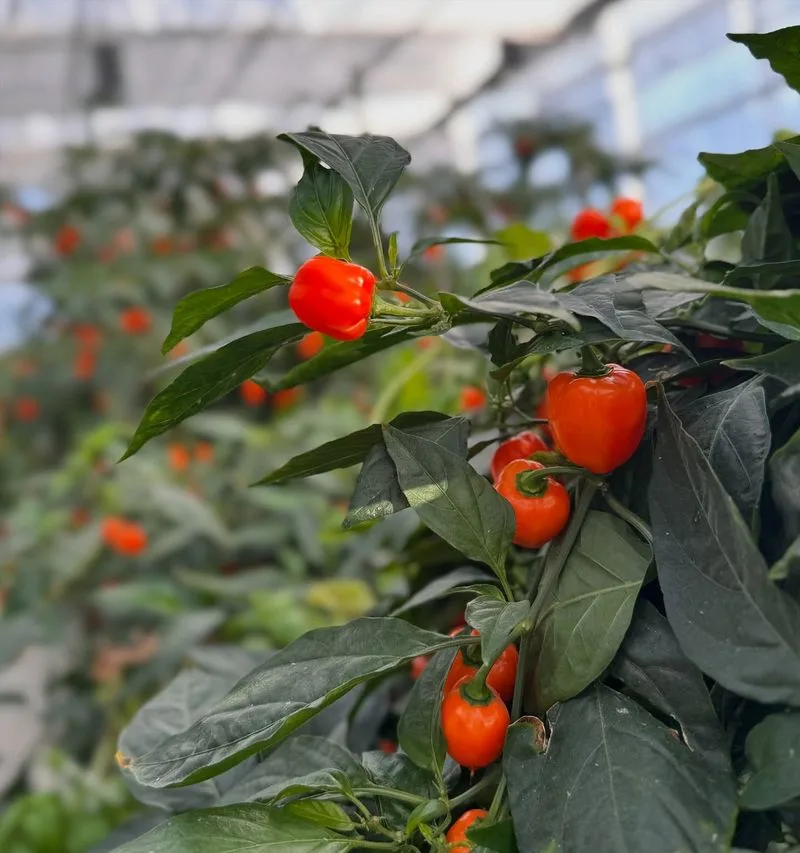
Peppers can be tricky due to their preference for warm conditions and consistent watering needs. They flourish in full sun and benefit from regular feeding.
While they demand more attention than some vegetables, peppers reward with colorful, flavorful fruits that spice up any dish. From sweet bell peppers to fiery chilis, the variety can enhance your culinary creations. Their cultivation may test beginners, but the vibrant harvest makes it a pursuit worth considering for adventurous gardeners.
Brussels Sprouts
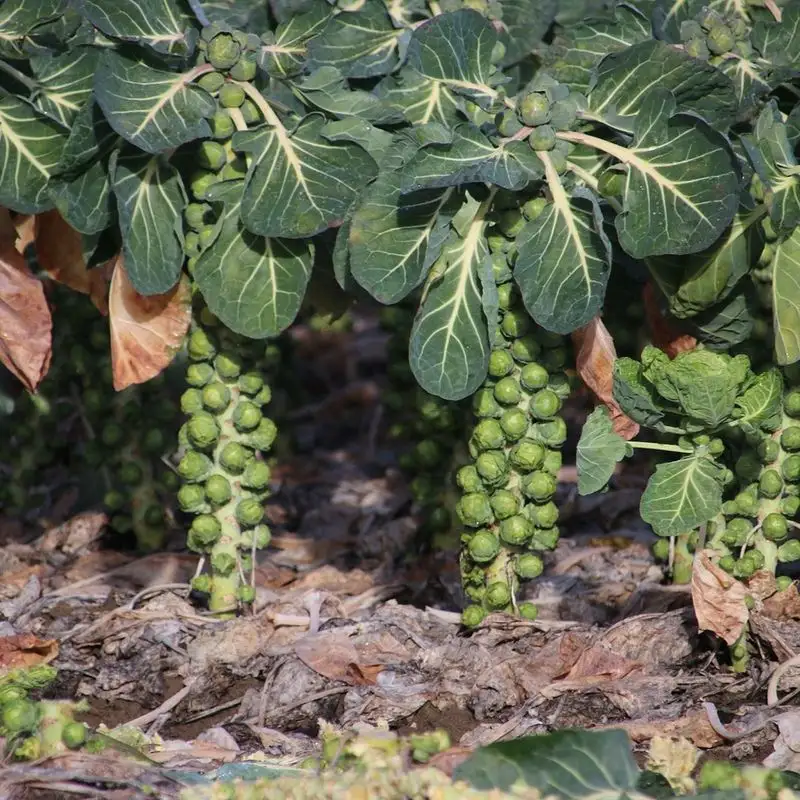
Brussels sprouts are known for their lengthy growing season and significant space requirements, making them a challenging choice. They thrive in cooler climates and demand regular care throughout their maturation.
The satisfaction of harvesting home-grown sprouts is immense, but patience is key. These miniature cabbages offer unique flavor, best enjoyed roasted or sautéed. The effort involved can be substantial, yet the reward of a full stalk is undeniable. For those willing to invest time and care, Brussels sprouts offer a tasty payoff.

